Getting into cycling - 23 tips for first-time road cyclists
Spring is just around the corner. If you’re new to cycling, now is the perfect time to start! Cycling really is a great sport to choose because it is perfect for improving your fitness and to do so outdoors. Are you curious about cycling as a sport and eager to go out for your very first road bike ride this year? Then read on and find our tips regarding specific aspects that require due attention.
1. Choose the right size road bike
When you’re new to road cycling, you can borrow someone’s bike for your first ride, or perhaps you’d rather go ahead and buy your own. One of the most important things to keep in mind when buying a road bike is to choose one with the right frame size. Also, there are different types of bikes for men and women but this does not mean that every woman must have a women's bike. In this blog we explain how to determine the frame size for your road bike yourself. If you want to be absolutely sure that you have the right size, have someone help you at a bike shop. If you’re in the Netherlands, come see us at one of our Superstores in Arnhem, Den Bosch, Utrecht or Rotterdam!

2. Have someone help you set up your road bike properly
Found a bike with the right frame size? Then have it set up properly! Make sure that your saddle and your handlebars are set at the right height, which is just as important as having the proper frame size. With a properly fitted bike, you’ll prevent unnecessary injuries and discomfort, such as knee pain and saddle soreness.
3. Practise with clipless pedals!
Clipless pedals may seem daunting if you have never used them before, but they’re not so bad, you’ll get used to them quickly. Flat pedals are also an option, of course, but remember: with clipless pedals you can cycle so much faster! Before your first real road bike ride, take some time to practise on a grassy field to get used to clipping in and out of the pedals before you start cycling. In our road bike pedals buyer’s guide we explain which clipless pedals are best for you.
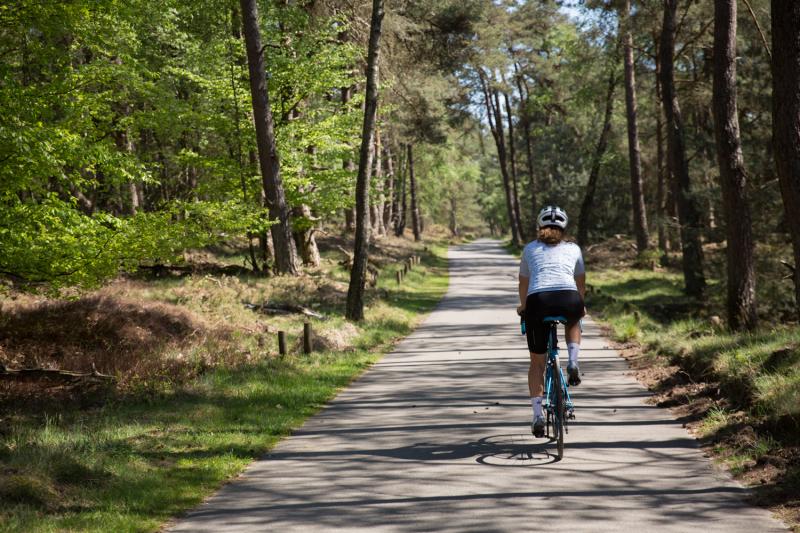
4. Get proper legwear
You really don't need to worry about the looks of your new cycling kit; there are so many great cycling clothes for men and women nowadays. If you are still unsure whether you want to start cycling and proceed with it, you should not buy a new outfit straight away. For your first rides it is best to borrow a cycling short from a friend. Love cycling and want to buy cycling clothing of your own?
Start with a good bib tight with padding. There are many different cycling shorts and longs with padding in different thicknesses. How thick your seat pad, or chamois, should be differs from person to person. Also, please note that men's cycling legwear differs from women’s; the padding has a different shape.
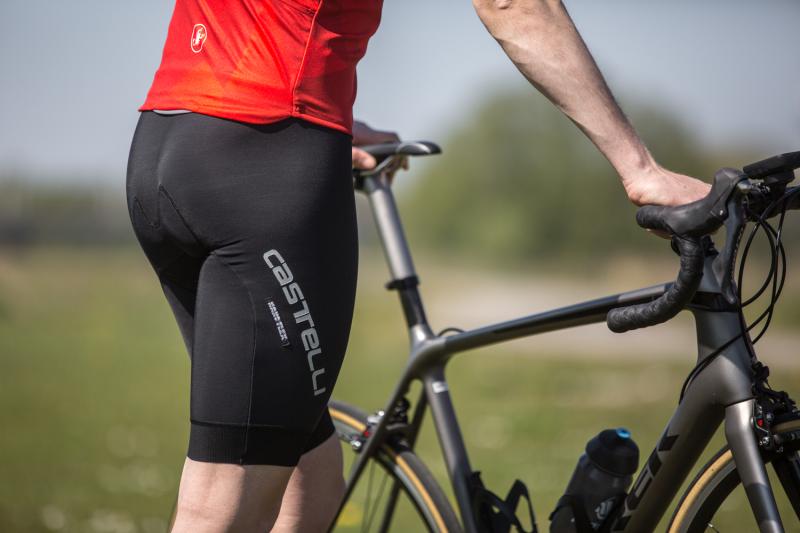
Wearing shorts with a chamois may feel a bit strange at first, but you will certainly not regret it during cycling. Oh, just for the sake of clarity: do not wear underwear under your cycling shorts, as it will only cause chafing, skin irritation and saddle soreness.
5. Plan a nice route
Before your first ride, choose a nice route, preferably an easy one on quiet roads and with few turns and junctions. That way, you can concentrate on your bike instead of the route. Plus, if the route is easy and/or familiar, you won’t have to stop to check the map every 500 metres.

6. Bring a spare inner tube, tools and more
If you’re going to ride alone, remember to bring tools so that you can repair a puncture or change an inner tube if necessary. If you should get stranded on the road with a flat tyre, at the very least you’ll have the things you need to take care of it.
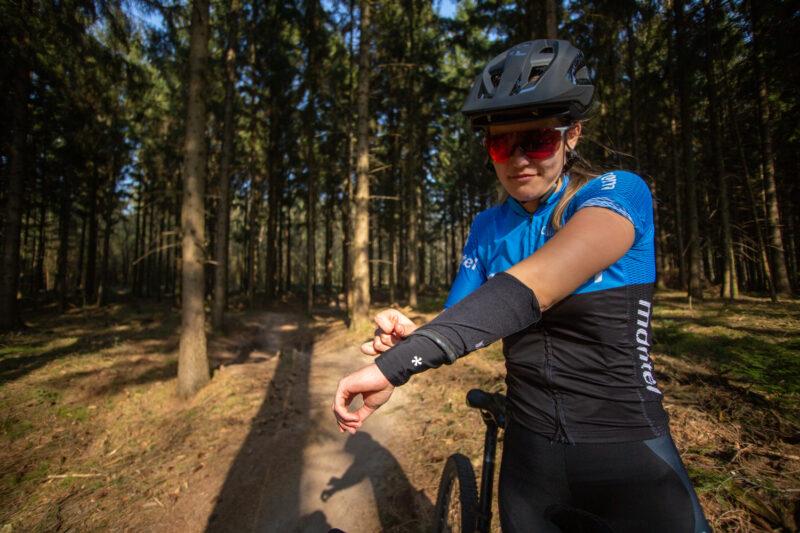
If the weather conditions are changeable and you’re the shivery type, remember to bring arm and leg warmers for your ride.
7. Learn to change an inner tube (or ride with someone who can do it for you)
A flat tyre… now what? Before heading off, make sure you know how to change an inner tube! Practise at home or ride with a buddy who can do it for you.

If you’re changing your inner tube on the road and cannot get it done all the way, you can always stop a cyclist passing by. Most cyclists are willing to help a novice ‘in need’.
8. Check your tyre pressure
While tyre pressure is a technical issue, the most important thing is to check yours before hitting the road. Whether a minimum pressure (bar) is required depends on your type of tyres.
For most road bike tyres the rule of thumb is that you inflate them to 10% of your body weight in bar (so if you weigh 60 kg, you should inflate to 6 bar). Please note that for some tyres a maximum pressure applies, which is usually printed on their sidewall. Of course, when buying new tyres you can always ask about tyre pressure.
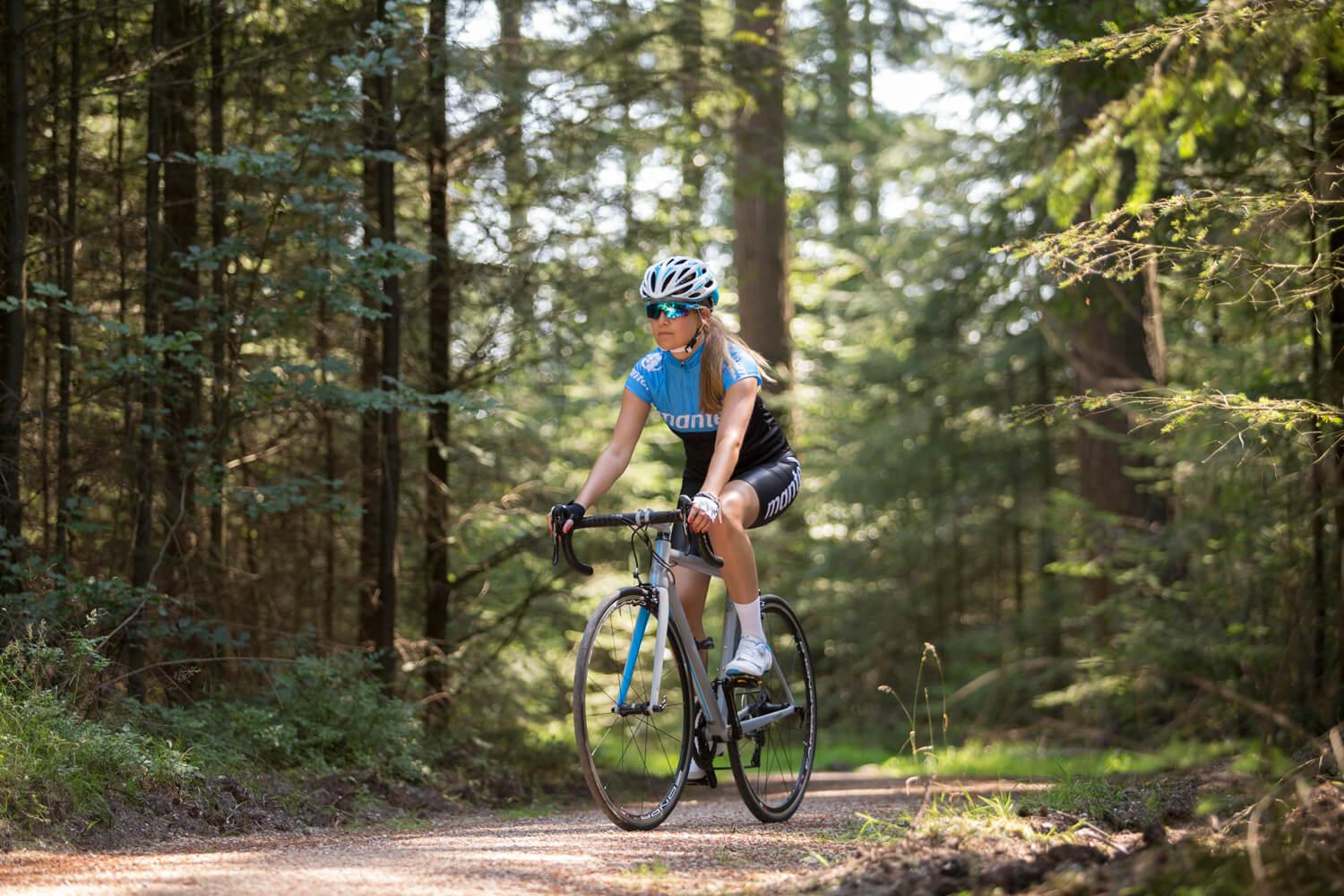
To put it simply, your tyres should feel so hard that you can hardly press into them. They should not be able to deform too much when you’re on your bike and ride over a bump, for instance. Want to get a more precise reading of your tyre pressure? Then a pump with a pressure gauge comes in handy!
To make things even easier, know that tyres are getting increasingly wider these days and that the required tyre pressure is lowered accordingly. If you’re not sure about your tyre pressure, read our blog in which we help you choose the right tyre pressure and tyre width for your road bike.
9. Wear a bike helmet!
It seems like a no-brainer, cycling with a proper bike helmet, yet we do see cyclists without one from time to time. Road bike helmets come in different shapes and sizes, so you can surely find one that fits well.
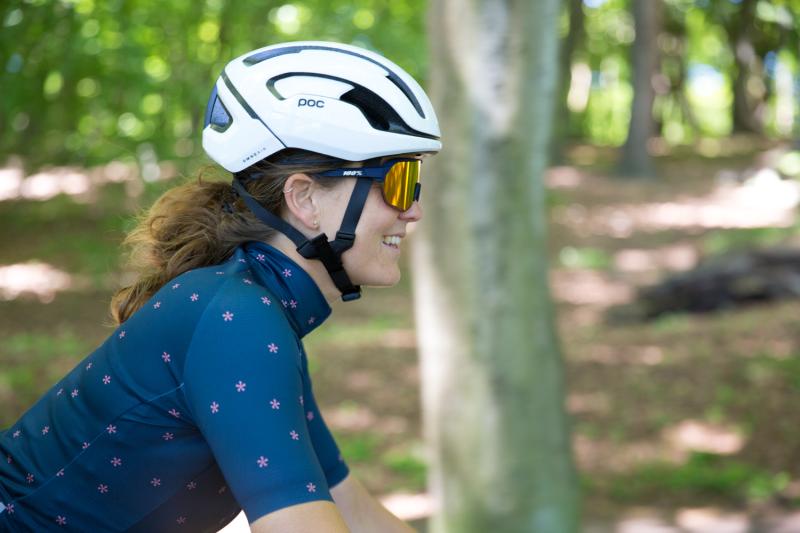
Want to be extra safe when you’re out on your road bike? Many modern bike helmets feature technologies for enhanced protection. Such protective technologies increase safety and reduce the risk of brain damage considerably. You can choose between bike helmets with MIPS, MIPS Spherical, WaveCel and SPIN. If you already have a cycling helmet, remember that it is important to adjust and customise the fit until it is just right for you.
10. Bring the essentials
A convenient aspect of cycling jerseys is that they often have one or more pockets on the back, in which all sorts of things can be stored without getting in the way. In addition to the tools mentioned under Tip 6, the following items may also come in handy during your ride.
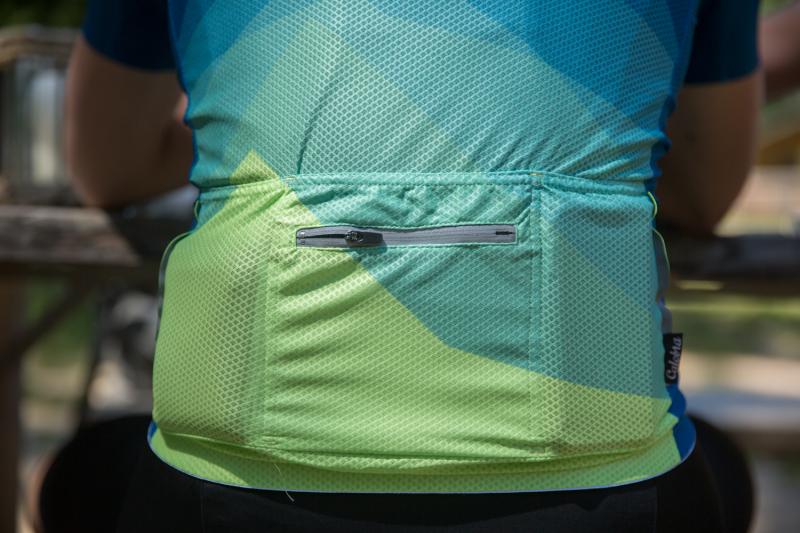
For starters, your mobile phone, of course. Plus your ID card, health insurance card and bank card or some cash money. With these essentials you’re well prepared to deal with any situation along the way, such as getting hungry or lost.
11. Find a cycling buddy
Although cycling is a sport that you can absolutely do alone, it is also a very social sport. Besides being outside and working on your physical fitness, many cyclists also highly value the coffee break along the road ;-)
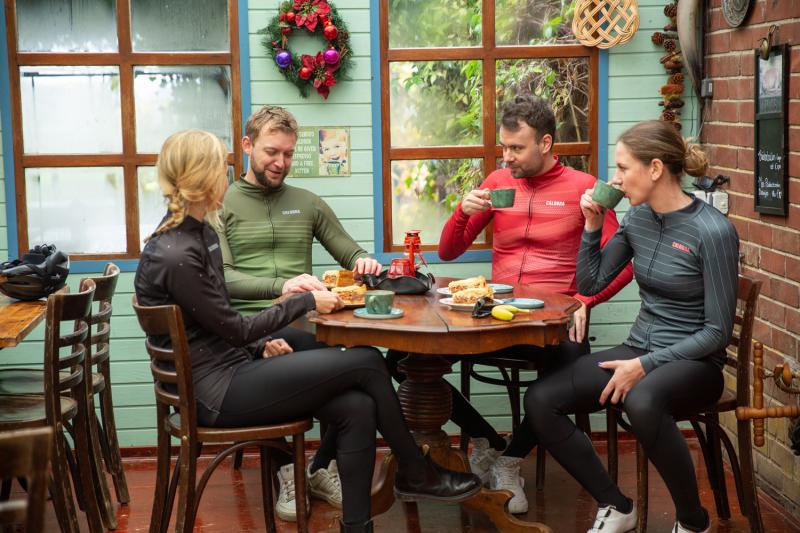
So find yourself a cycling buddy! If you want to take up cycling, it is absolutely recommendable to hit the road with others. Cycling together is not only fun, you can also exchange tips and experiences as you continue.
12. Nutrition and hydration during your ride
Especially during your first few rides, it is important to eat and drink sufficiently. Cycling burns more calories than you might think, so bring enough food such as a banana, energy bar or other small snack.
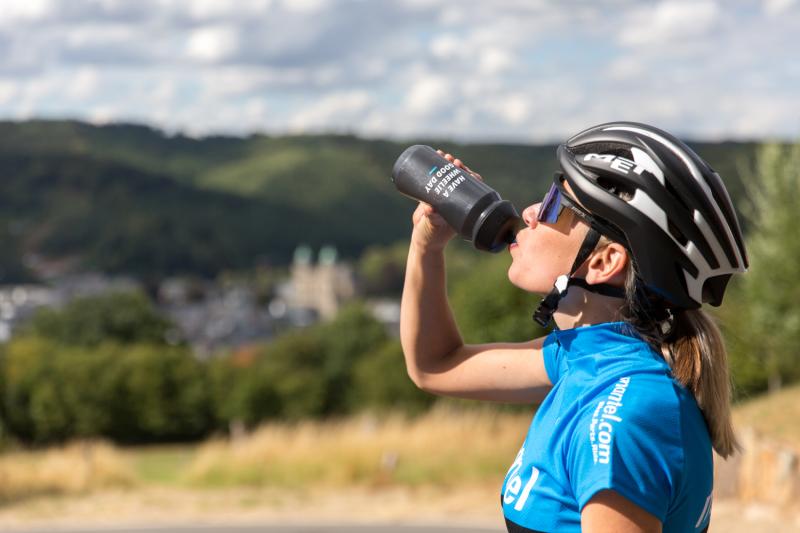
Make sure to have a bite to eat regularly, and to keep drinking. If you start to feel hungry, you’re actually too late because what often follows is the dreaded “bonk”: the sensation that your body, particularly your legs, are so drained of power that you’re barely able to keep the pedals spinning. It feels as awful as it sounds, so try to prevent it! If you’re interested in learning more about sports nutrition, read our blog.
13. Pay due attention to your position while cycling
Although cycling is generally a low-injury sport, you may begin to feel discomfort or develop issues if your position during cycling isn’t right. During your first few rides you may be slightly nervous, which may make you a bit tense on the bike.
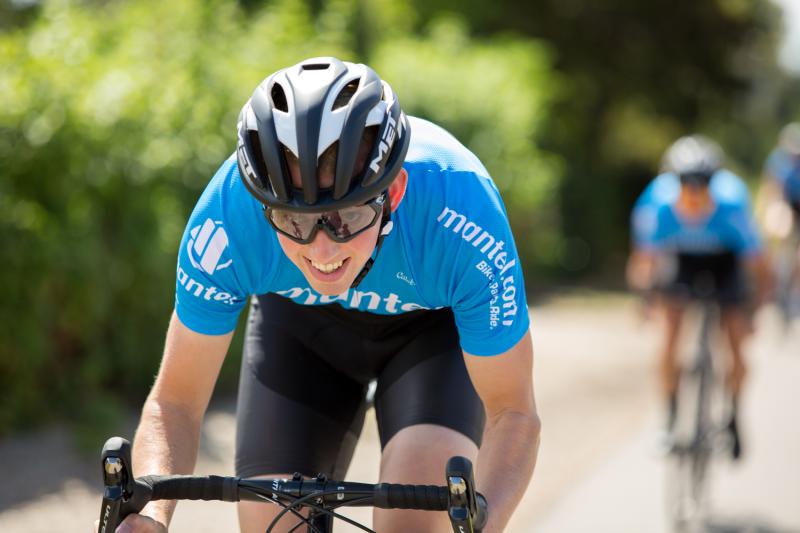
Try to relax your shoulders, do not squeeze the handlebars or lock your arms. Your core muscles may be a bit sore after your first few rides, as cycling is a great workout for those as well!
14. Clip out in time when approaching traffic lights
Having followed Tip 3 to the letter, you’ve practised clipping into and out of your pedals a few times. When putting that into practice, remember to clip out in time when approaching traffic lights!
15. Shift to an easier gear in time
When the traffic lights are red and you’re getting closer, remember also to shift to a lower gear to make it easier to take off when the lights change to green.
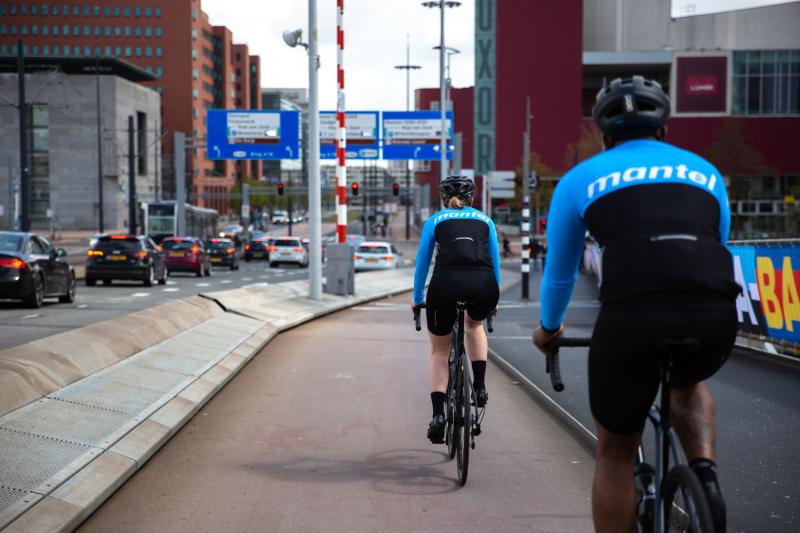
A lower gear makes it easier to pick up speed from a standstill and return to full speed.
16. Look ahead
While you may leisurely cruise the streets on your city bike, you probably go much faster on your road bike. So teach yourself to look further ahead. Pay attention to other road users and/or obstacles because you approach them faster than usual.
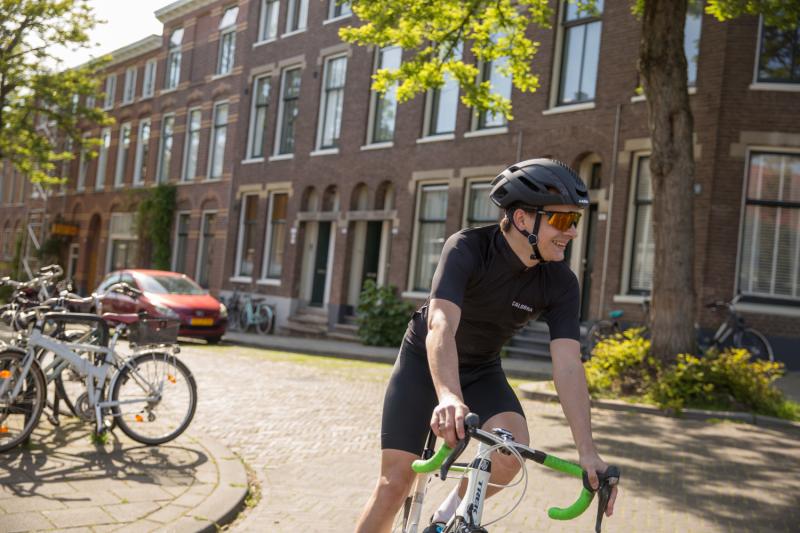
17. Create a Strava account and view your bike rides afterwards
If you’re new to cycling you may enjoy keeping track of your rides and progress! Strava is a household name in the cycling world, and a perfect tool for it.
This mobile phone app allows you to view previous rides, create your own routes, follow other cyclists and cheer them on. You can also compare your own results with those of others.
18. Participate in a sportive
Sportives are organised throughout the country and year. They are organised cycling events with signed routes and a number of rest stops along the way.
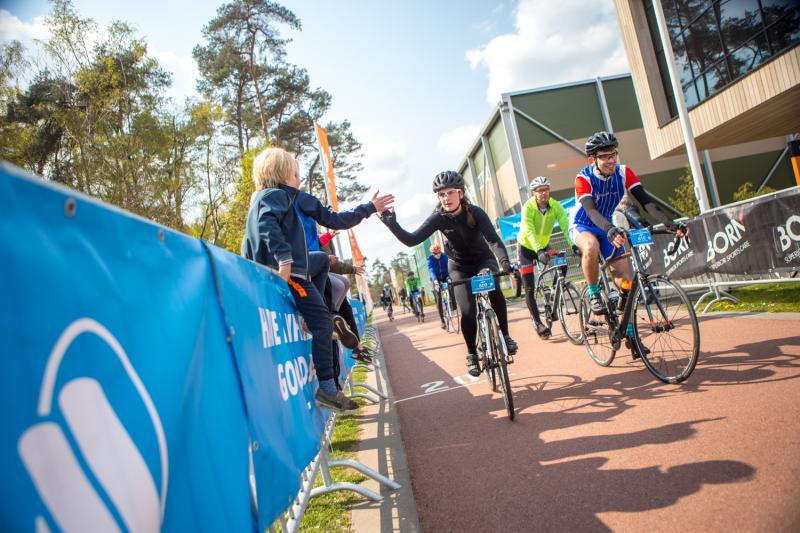
Participating in a sportive every now and then brings you to new places to discover on your bike! It also gives you a new purpose for riding your bike, since it does require a bit of training. Want to know what to bring for a sportive? Check out our touring checklist.
19. Work on your cornering technique
Carving up corners quickly and neatly is difficult at first, maybe even a little scary. Don’t worry, a little practice will soon have you ride through them without issues. The most important thing to remember is the position of your feet while cornering.
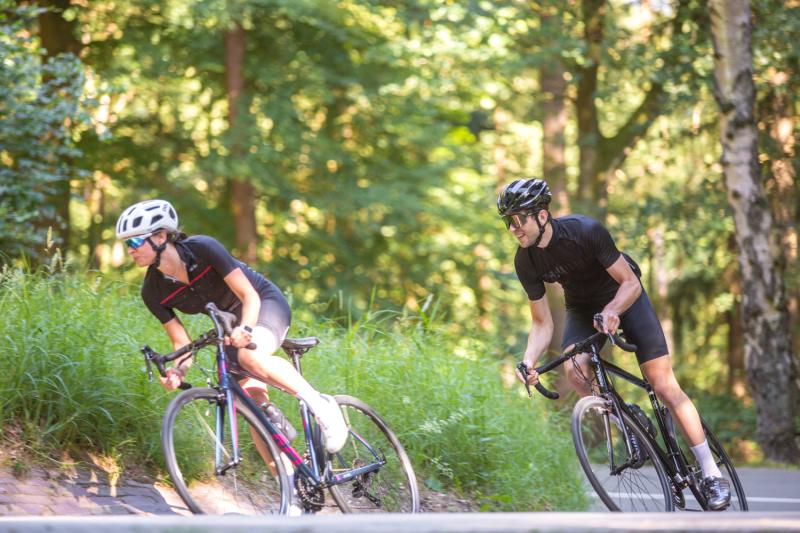
Always keep the foot on the inside of the turn in the top position (so in a turn to the left, keep the left foot and left pedal up) to prevent pedal contact with the road and losing your balance.
20. Avoid the high gears
Many new cyclists tend to shift to the higher gears quickly. Although it may seem easier to spin the pedals less frequently in order to maintain the same speed, as a new rider you won’t be able to keep this up for long. When you have just started cycling your leg muscles may not be very strong yet.
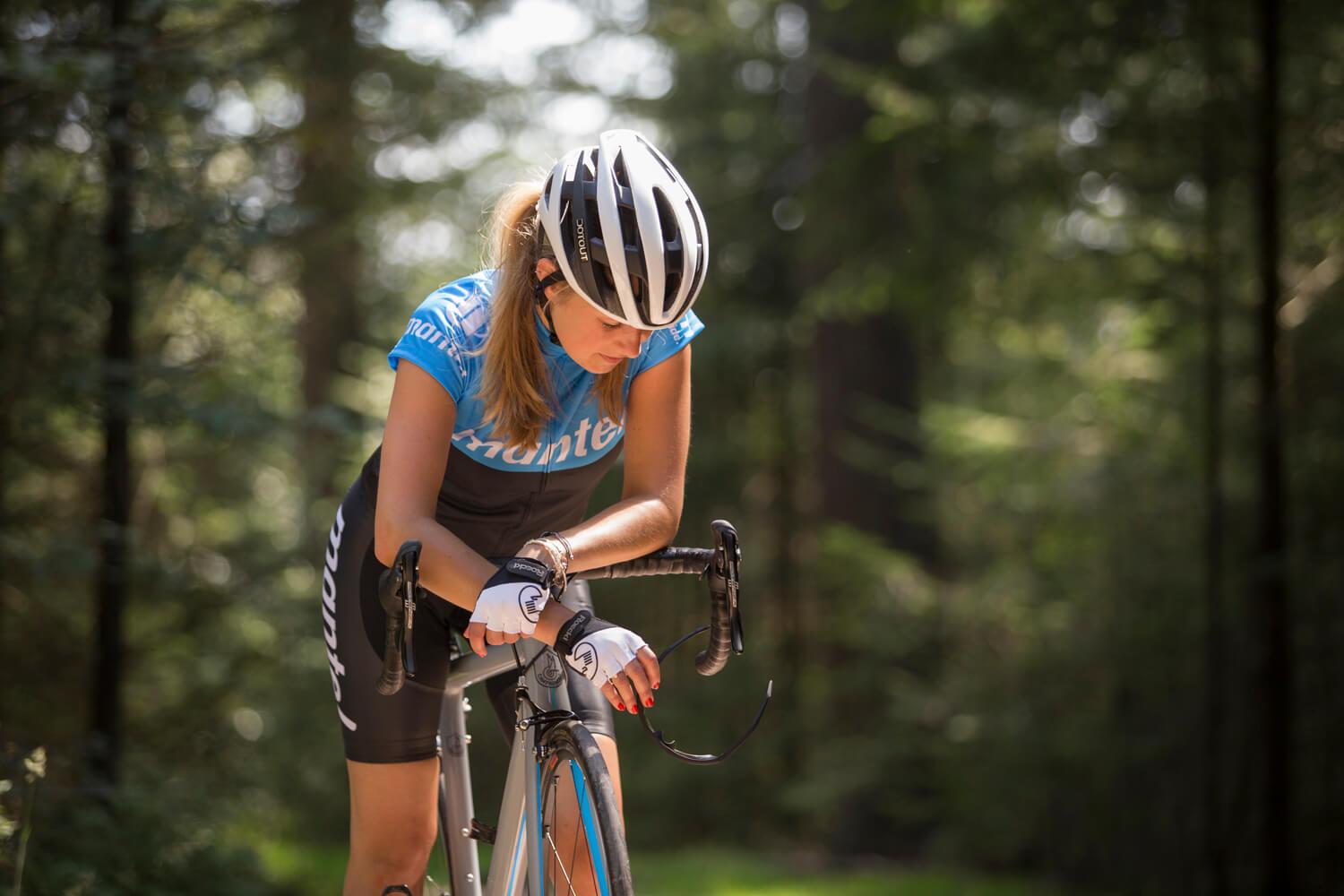
So try to maintain a fairly high rhythm, or cadence (fairly high being 1.5 to 2 strokes per second), to ride more lightly and reduce the amount of power needed to turn the pedals. You’ll be able to continue for a longer time this way, especially as a new cyclist.
21. Do some maintenance to your road bike once in a while
Your bike was probably quite expensive, and if you really enjoy cycling you want to keep your bike in mint condition for a long time. If you do some maintenance work from time to time you not only increase the lifespan of your bike but also prevent unnecessary maintenance costs in future.
It doesn’t have to be complicated. Simply wash your bike every now and then and lubricate the chain when you hear a squeal or, preferably, before you do. In addition, we recommend having your bike serviced after the first 6 months of use.
22. Rest and recover
Gradually ease into cycling. Don’t try to cover 60 kilometres or more every day in your first week; rather, take a few days of rest after your first ride. Like with any other sport, properly increasing your effort is important.

Start with, say, a 20 or 30 kilometre ride, and add a few kilometres for every ride after that. You’ll soon find you’re making a lot of progress over little time!
23. Share your cycling adventures!
Really got the hang of it? Totally in love with cycling? Then your newfound hobby might just open up a whole new world for you! Share your adventures on social media, join a local cycling club, set yourself some goals. Who knows, perhaps you’ll inspire all your friends to take up cycling as well!
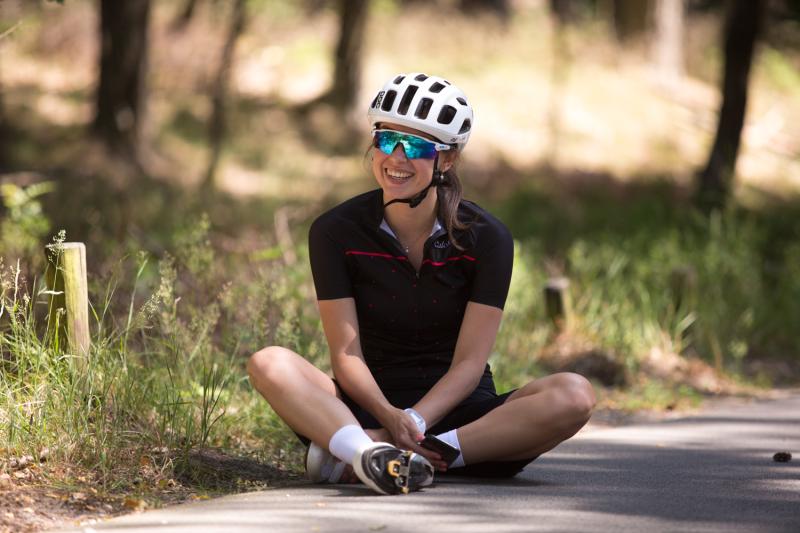
Whether you’re training for your first climb in the mountains, or simply want to go out for a nice ride in your local area, we wish you the best of luck and lots of cycling fun! Oh and don’t forget to share your cycling adventures at #mantelmoment ;-)
Eva van den Berg
Since starting work at Mantel, I’ve been reading and writing about bikes on a daily basis. This added to the fact that I am testing new products, has caused me to get excited to expand my own bike collection. I wonder what the inside of my garage will look like in a few years. Luckily I have a big garage at home!
Related posts

Gift ideas for Christmas: a perfect present for every cyclist!
8 December 2023Gift ideas for Christmas: a perfect present for every cyclist!The Christmas holidays are just around the corner! If you ...
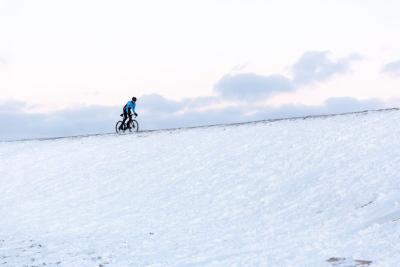
What winter cycling gear do I need for which temperature? [Buyer's Guide]
18 October 2023The leaves on the trees are slowly turning shades of red and yellow ...
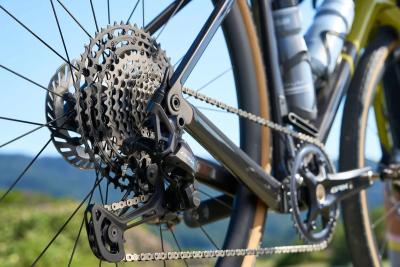
Shimano Launches New Mechanical 12-speed Gravel GRX 820 and 105 R7100 Road Bike Groupsets
31 August 2023The cycling world is constantly innovating to improve performance and the cycling experience ...
 Nederland
Nederland België
België Deutschland
Deutschland United Kingdom
United Kingdom Finland
Finland Ireland
Ireland Luxembourg
Luxembourg Portugal
Portugal Poland
Poland Österreich
Österreich France
France España
España Italia
Italia Sverige
Sverige Danmark
Danmark










































































































































































































































